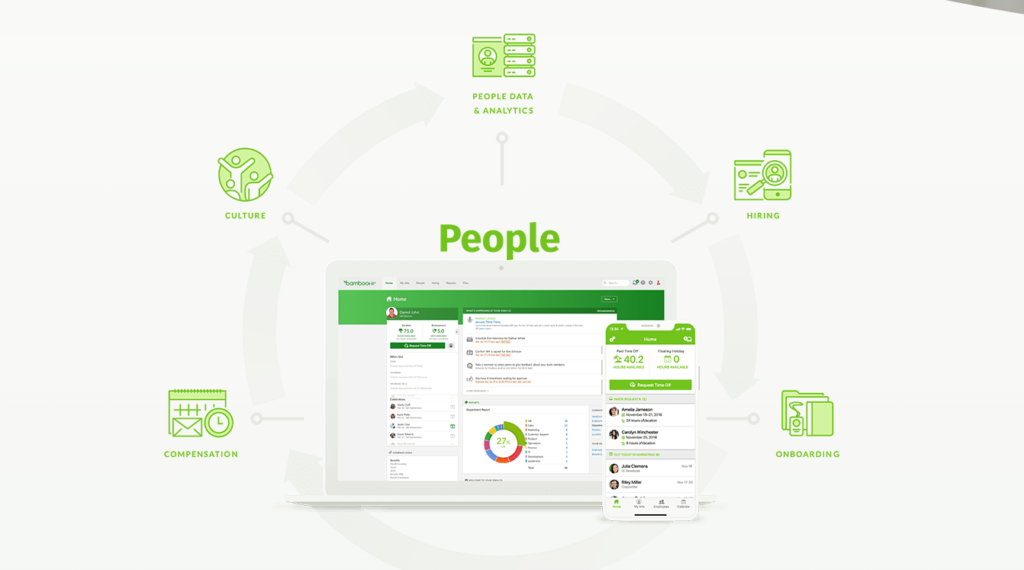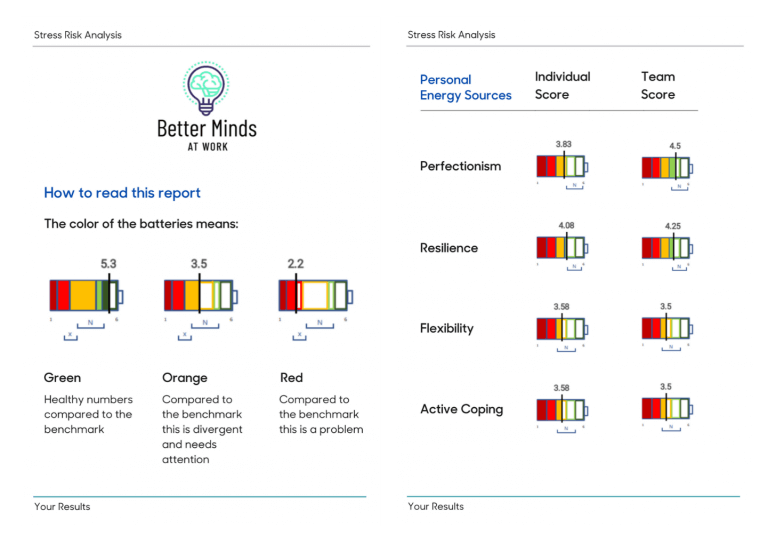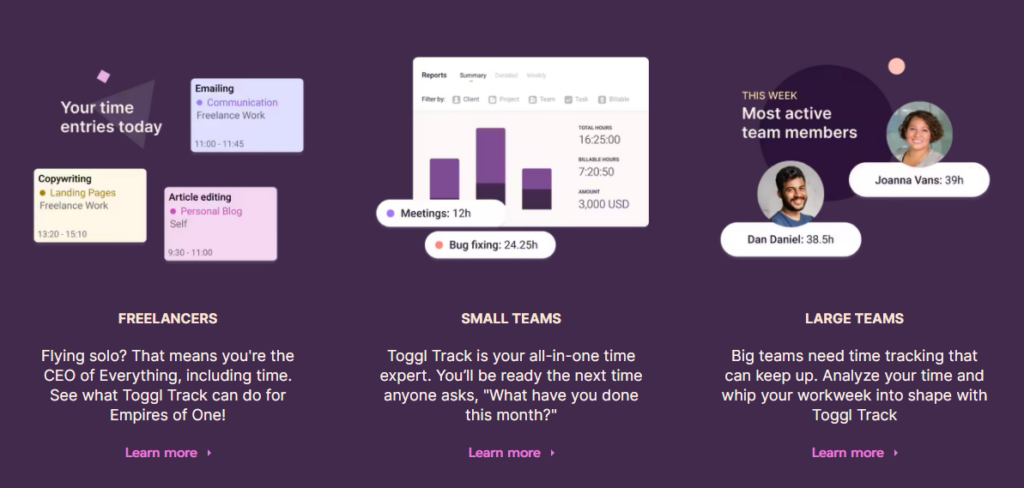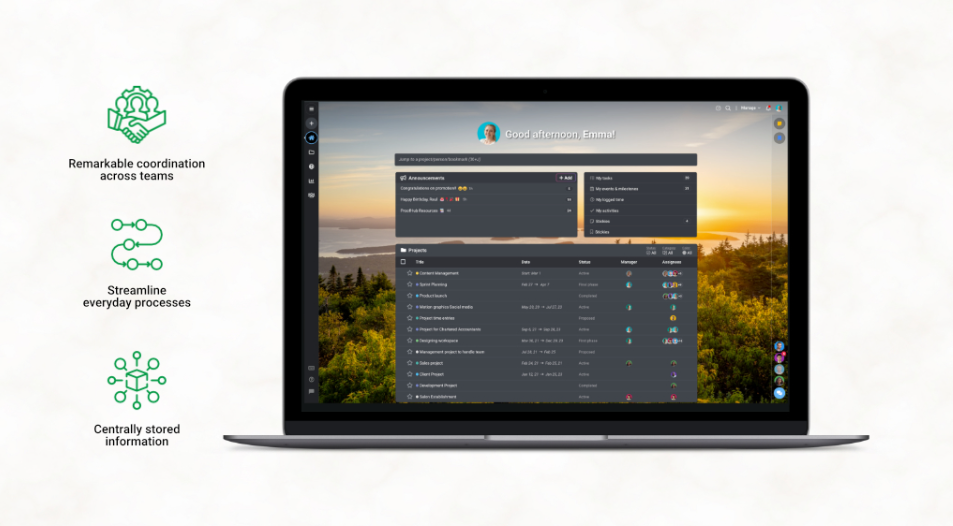Developing tomorrow’s leaders and preparing them for change is tough.
Successful coaching and consulting businesses require a high-touch, attentive skill set that’s both a mix of sharpened softs skills, professional experience, and industry-specific insights. Mastery over these different domains, as many consultants can attest, is scarce.
This makes every employee an extremely valuable asset to scale your organization.
Unfortunately, having talented employees that possess critical knowledge and skillsets is only half of the battle.
How do you make sure they are actually engaged in their work, motivated to improve themselves, and deliver their best?
To help you boost morale, motivation, and performance when managing a growing (and potentially) remote workforce, I’ve listed the best remote employee engagement tools and software below for coaches and consultants.
Let’s get started.
BambooHR

Can your employees take and schedule annual leave? Are they getting compensated on time? Are you fulfilling their basic rights?
The best employee engagement tools on the market will prove ineffective if the above necessities of employment aren’t covered.
Hence maintaining a smooth operation when it comes to HR and employment logistics is arguably more important than adopting a new innovative idea or tool for increasing engagement.
Fortunately, tools like BambooHR are built to cover the essential aspects of HR. The all-in-one HR software (which proudly proclaims itself as “HR software with heart”) makes it easy for businesses to analyze people data, track applicants for recruitment, onboard new employees, manage compensation, and maintain employee records in a people-focused way.
In addition to using tools like BambooHR, you can always verify data, average work hours, and salaries for the various freelancing roles you hire for yourself. This includes consultants, developers, or any job that can be done remotely in the software industry. Using a good HR tool means you don’t need to worry about cross-checking consultant compensation or developer salaries to make sure you’re in compliance with the local laws. Of course, it’s always worth doing some research before you pick your software.
Totara Engage

About 75% of employers rate teamwork and collaboration as “very important” and 40 percent of employees who get poor job training quit within their first year.
Learner-friendly and collaborative training experiences go hand-in-hand with great employee experience management. Social learning is more engaging because:
- Humans are social creatures. We’re motivated to take a specific action when we see others doing it.
- We’re smarter together. The collective knowledge of a diverse group beats the inert expertise of a lone wolf.
We simply work better together. Working and learning in isolation is proven to be less effective, and in some cases, disengaging.
Most employees are actively looking for opportunities to learn and develop their skills and will prioritize the ability to do so when selecting new job roles.
But how can you enable better training experiences and encourage collaboration between employees?
A Learning Experience Platform (LXP) can help. Totara is an LXP that enables organizations to cater to the learning and collaborative needs of modern-day employees to boost engagement.
The platform aims to keep enterprise training fun, fast-paced, and engaging with features such as focused workspaces for peer-to-peer knowledge sharing, gamification to recognize employees, content curation, and workspaces for specific departments.
Pointerpro

Improving employee engagement starts with measuring it. That’s why no initiative to boost employee morale is complete without effective employee surveying and quizzing software.
If you’re a growing company, this becomes doubly important as new employees join your team.
With more team members to look after, relying on one annual survey for engagement or satisfaction isn’t enough to accurately measure and gather actionable insights.
You need to roll out multiple surveys like 360 feedback, pulse, lifecycle (such as new hire, stay, and exit surveys), and employee engagement surveys throughout the year.
This requires a versatile and powerful surveying tool, like Pointerpro. The software empowers you to create organization-wide surveys that return valuable insights and advice to your respondents.
With powerful features such as personalization and automation, it’s a strong surveying tool for growing businesses who want to discover practical insights and start conversations with their employees.
Employee well-being consultant, Better Minds At Work, for example, used Pointerpro as part of their Human Capital Scan—which measures the level of engagement and burnout of employees in the workplace.
Using the Human Capital Scan, the consultancy firm gave the employees of their clients a tailored report detailing their energy levels and stress factors.
At a higher level, the clients also received an organizational analysis of energy and stress factors filtered per team, location, and even country basis, which allowed them to take data-driven action to improve employee engagement and reduce the likelihood of burnout.

Box

Underpinned by cloud software and collaboration tools, shifting to a remote work environment has made companies more vulnerable to hacking, data breaches, and other security threats.
This means sensitive information needs to be protected from cyber criminals but should also be easily internally available for employees to access. This is where Box, a secure cloud file sharing and collaboration tool, shines.
Offering “frictionless security”, Box uses advanced security controls, threat detection, and more to meet strict data privacy and industry compliance requirements.
Toggl

One of the most common concerns regarding remote work is the idea that remote employees will slack off when working from home. But the onset of the pandemic, which indefinitely pushed millions into working remotely, suggests the opposite is true.
A recent workplace study by NordVPN reveals that most remote employees have overworked during the COVID-19 pandemic. In the US, employees worked an extra three hours per day on average, whereas in Europe and Canada, employees average an additional two hours per workday.
With the boundaries between work and home life blurred, it’s easier for employees to slip into a state of burnout or chronic stress. While mitigating the risk of overworking starts with communicating expectations, remote time tracking/project management tools like Toggle are particularly useful.
Toggl is an online time tracking tool for dispersed teams and large organizations. It allows users to track the time spent on different tasks and projects while giving managers the data they need to analyze overall productivity and engagement. The cloud-based app (which is web, desktop, and mobile compatible) is easy to set up and configure from scratch and integrates with over 100 different apps.
ProofHub

A recent survey by PewResearch found that 53% of remote workers find it difficult to stay connected with their coworkers.
Managing remote teams can be quite challenging, especially when it comes to keeping every remote team member connected. Miscommunication and lack of collaboration can cause major setbacks and delays in project delivery. Fortunately, there is a solution: ProofHub, a comprehensive project management and team collaboration tool.
With its intuitive interface and user-friendly features, ProofHub helps to eliminate communication failures and ensures that everyone is on the same page. Its built-in Chat and Discussions feature allows team members to communicate and collaborate in real-time.
Additionally, ProofHub provides multiple project views to stay organized and track the project’s progress. It helps you with planning, scheduling, delegating, and managing projects of any size, from simple to complex, all in one place. And the cherry on top, you get all these features for a flat fee.
How to use the right tool at the right time
Keeping employees engaged when working remotely isn’t always an easy task. Fortunately, the tools listed above will help ensure that your remote employees are comfortable, on track to reach work-related goals, and able to collaborate effectively.
Although these tools are effective in their own right, they all serve a distinct purpose, so timing and selection are key to meeting the dynamic needs of your employees. How do you find out what tools your team needs and when they are needed?
Here are two useful methods:
- Consult senior management and consider the overall trajectory of your organization. If, for example, you’re planning on expanding your remote team instead of returning to the office, browsing for robust HR or project management software makes sense.
- Use surveys and polls to find out what our employees need. Ask both senior-level staff and front-line employees what tools they think they’ll need moving forward.
By following these steps, you’ll be able to involve team members in the decision-making process and as a result, pick tools that solve specific problems while also increasing the likelihood of your employees adopting new tools and processes.


